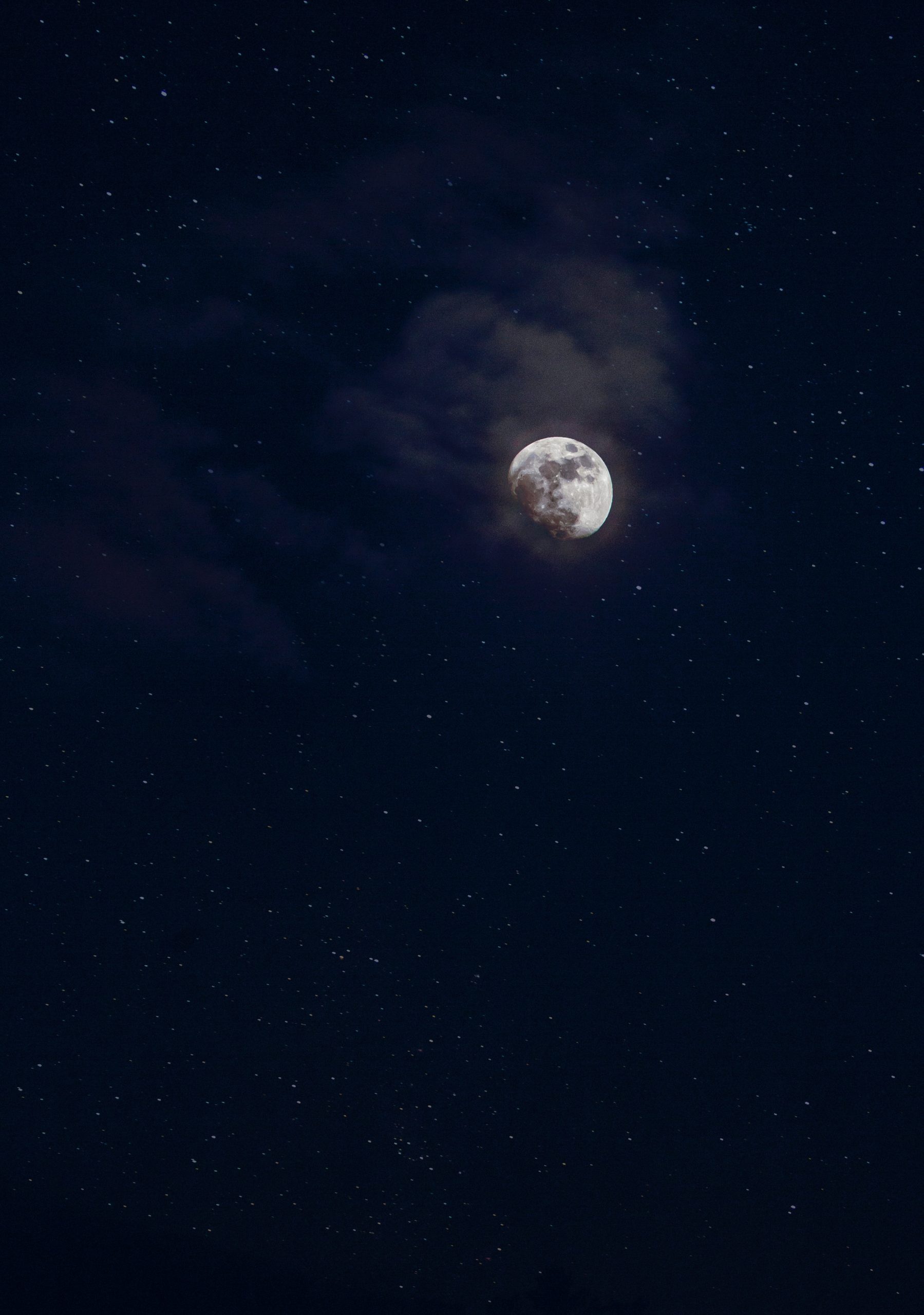Moon Phases for Beginners: Understanding the Lunar Cycle
| Table of Contents |
|---|
| 1. Introduction |
| 2. The Lunar Cycle |
| 3. Understanding Moon Phases |
| 4. Importance of Moon Phases |
| 5. Observing Moon Phases |
| 6. Resources for Moon Phase Study |
| 7. Conclusion |
1. Introduction
The moon has always captivated mankind with its ever-changing appearance in the night sky. From the enchanting crescent to the dazzling full moon, its phases have been a subject of fascination and wonder. Whether you have just gazed at the moon in awe or it has sparked an interest in celestial events, understanding the moon phases is a fantastic place to start your journey into astronomy.
2. The Lunar Cycle
At its core, the lunar cycle represents the sequence of changes that the moon undergoes as it revolves around the Earth. This cycle, which lasts approximately 29.5 days, can be divided into distinct moon phases. The moon’s phases arise due to the changing positions of the Earth, moon, and sun in relation to one another.
To visualize this interaction, it is helpful to imagine an imaginary line connecting the Earth, the moon, and the sun. As the moon orbits around the Earth, the sunlight illuminates different parts of its surface, creating the various moon phases that we observe from Earth.
3. Understanding Moon Phases
The moon passes through eight unique phases during its complete cycle, each with its own distinct appearance. These phases include the new moon, waxing crescent, first quarter, waxing gibbous, full moon, waning gibbous, third quarter, and waning crescent. These names partially describe the moon’s appearance and its position in relation to the Earth and sun.
During the new moon phase, the moon is positioned between the Earth and the sun, and its dark side faces Earth. This results in the moon being mostly invisible from our perspective. As the moon progresses through the waxing crescent and first quarter phases, more of its illuminated side becomes visible until it reaches the full moon phase, where it is entirely lit up.
After the full moon, the moon starts its waning phase, moving through the waning gibbous and third quarter phases until it reaches the waning crescent phase. This phase brings us back to the new moon, completing the lunar cycle.
4. Importance of Moon Phases
Moon phases play a crucial role in various aspects of life on Earth. Historically, different cultures have relied on the moon phases for agricultural planning, navigation, and even cultural celebrations. Understanding moon phases can help you connect with ancient traditions and explore the harmony between nature and human life.
Furthermore, moon phases have an impact on wildlife behavior, such as the reproductive cycles of marine species or the migratory patterns of birds. The gravitational pull exerted by the moon during different phases can also affect ocean tides, influencing coastal ecosystems and activities like surfing and fishing.
5. Observing Moon Phases
Observing the moon phases requires nothing more than a clear night sky and a bit of patience. Whether you’re using your naked eye or binoculars, the moon phases are easily visible to the unaided observer. However, if you wish to delve deeper into moon observations, using a telescope can reveal intricate details like craters, mountains, and valleys.
To keep track of the moon’s progress through its phases, you can refer to various resources, such as websites, smartphone apps, or printed lunar calendars. These tools can also provide additional information about upcoming astronomical events, like lunar eclipses or supermoons, enhancing your overall stargazing experience.
6. Resources for Moon Phase Study
If you’re interested in exploring moon phases further, several resources can assist you in your journey. Here are a few recommendations to get you started:
- The NASA Moon website provides an extensive range of moon-related information, including educational resources and stunning images from various lunar missions.
- The book “Guide to the Stars and Planets” by Patrick Moore is an excellent reference for beginners, offering insights into moon phases and other astronomical phenomena.
- The Time and Date website features an interactive moon phase calendar and provides detailed information about each phase’s characteristics.
7. Conclusion
Understanding moon phases allows us to connect with the broader universe and appreciate the celestial dance happening right above our heads. Whether you’re a seasoned astronomy enthusiast or a beginner exploring the wonders of the night sky, the moon offers a captivating entry point into the realm of cosmic exploration.
By observing the moon’s ever-changing face and learning about its phases, you can develop a deeper appreciation for our natural world and its harmonious relationship with the cosmos. So, grab your telescope, mark your lunar calendar, and embark on a lunar journey that will undoubtedly ignite wonder and awe within you.
Table of Contents
